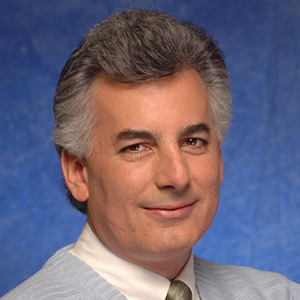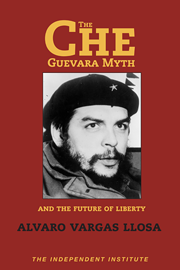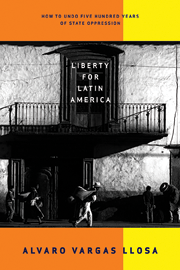Last weekend’s Fourth Summit of the Americas, attended by 34 heads of state in the Argentine resort of Mar del Plata, was marked by anti-American protests. One of them, spearheaded by Venezuelan President Hugo Chávez, challenged the notion of free trade in a region where the gap between rich and poor has widened in recent years.
Yet this meeting of Latin American leaders was about much more than Chávez’s rejection of a free-trade accord. President Bush actually met with three very different Latin Americas in his closed-door meetings: One is characterized by the return of populism, a movement that bears little resemblance to Jeffersonian populism. A second is defined by managerial inertia, and the third is best described as involving some progress at the cost of isolation.
The return of populism to Latin America, the most significant development in the last few years, combines authoritarianism supported by clienteles dependent on government handouts, the re-emergence of state-owned conglomerates, a class-based war against private businesses and some inflation. It is the re-enactment of a trend that has intermittently marked the region since the Mexican revolution. With varying intensity, it is embodied by Venezuela’s Chávez, Argentina’s Néstor Kirchner and Bolivia’s would-be President Evo Morales.
This type of Latin America made its presence felt in the streets of Mar del Plata, with violent demonstrations against globalization. Chávez is now expropriating factories and agricultural estates in Venezuela that he deems "unproductive." Kirchner is inflating Argentina’s currency: In the last 22 months, the inflation rate has been higher than in the previous eight years. As shown by last week’s legislative elections, he has built a grassroots following in the all-important province of Buenos Aires with massive distribution of food and household appliances and monthly cash handouts to millions of people. For his part, Morales, who is tied in first place in Bolivia, is campaigning on the promise to nationalize the second largest oil reserves on the continent.
We know where all this leads: These same policies consolidated Latin America’s backwardness in the second half of the 20th century. In the three decades after World War II, agriculture grew at half the rate of industry because of the assault on private property in the countryside for the benefit of bureaucracy. The economic result can be captured with one example: Between the 1970s and the 1990s, Argentina’s per-capita income was reduced by one quarter.
The second group of countries Bush faced at the summit—such as Mexico, Peru and Brazil—were characterized by lack of reform. Brazilian President Lula da Silva’s refusal even to discuss the Free Trade Area of the Americas at the summit is indicative of the skepticism against free-market reform even among those who are not, strictly speaking, populists. These leaders prefer the status quo. But the problem is that beneath the veneer of reasonable rates of growth due to the (temporary) high prices of primary products, the status quo entails a system of privilege across the region. For instance, 3 million small and mid-sized Peruvian businesses, which constitute 98 percent of the businesses in the country, are not able to produce more than 38 percent of the wealth because of barriers to competition and legal restrictions.
Finally, there is the third and smaller group of countries, which are doing a bit better but live in relative isolation. Chile and Colombia are two examples. Chile has just announced the imminent signature of its umpteenth free-trade agreement (with China), while Colombia is the only country in which there has been a significant increase in the number of new businesses, thanks to the elimination of some red tape and legal barriers. But these two countries have limitations. Colombians are engaged in a war against narco-guerrillas, and Chile has, for historic reasons, difficult relations with its neighbors, which limits its capacity to influence the area.
Not that Chile is even interested in exporting its model. To judge by the recent presidential debate among the candidates competing in the December elections, that country is caught up in some populist rhetoric of its own. All four candidates, for instance, promised to reform the successful private-pension system not by removing the surviving restrictions on competition or moving toward more voluntary arrangements, but by strengthening the role of the government.
So, what should a U.S. president do about a continent where populism is gaining the upper hand through action or omission? Odd as this may sound, the best thing is to do nothing deliberate. Any forceful action will only play into the hands of populists, who have always fed on anti-U.S. sentiments, thanks in part to the mistakes of U.S. foreign policy.
But this does not mean the United States cannot do anything to encourage the right sort of trends in the region. Removing the remaining obstacles to trade, eliminating U.S. subsidies to its own farmers and industries and de-emphasizing the drug war as an approach to Andean affairs—of which Evo Morales is somewhat of an epiphenomenon—would help in the long run. It would not solve the problem, because the problem can only be solved from within, by Latin American countries working on their own. But it would make the task of those trying to stem the populist tide less Herculean.












